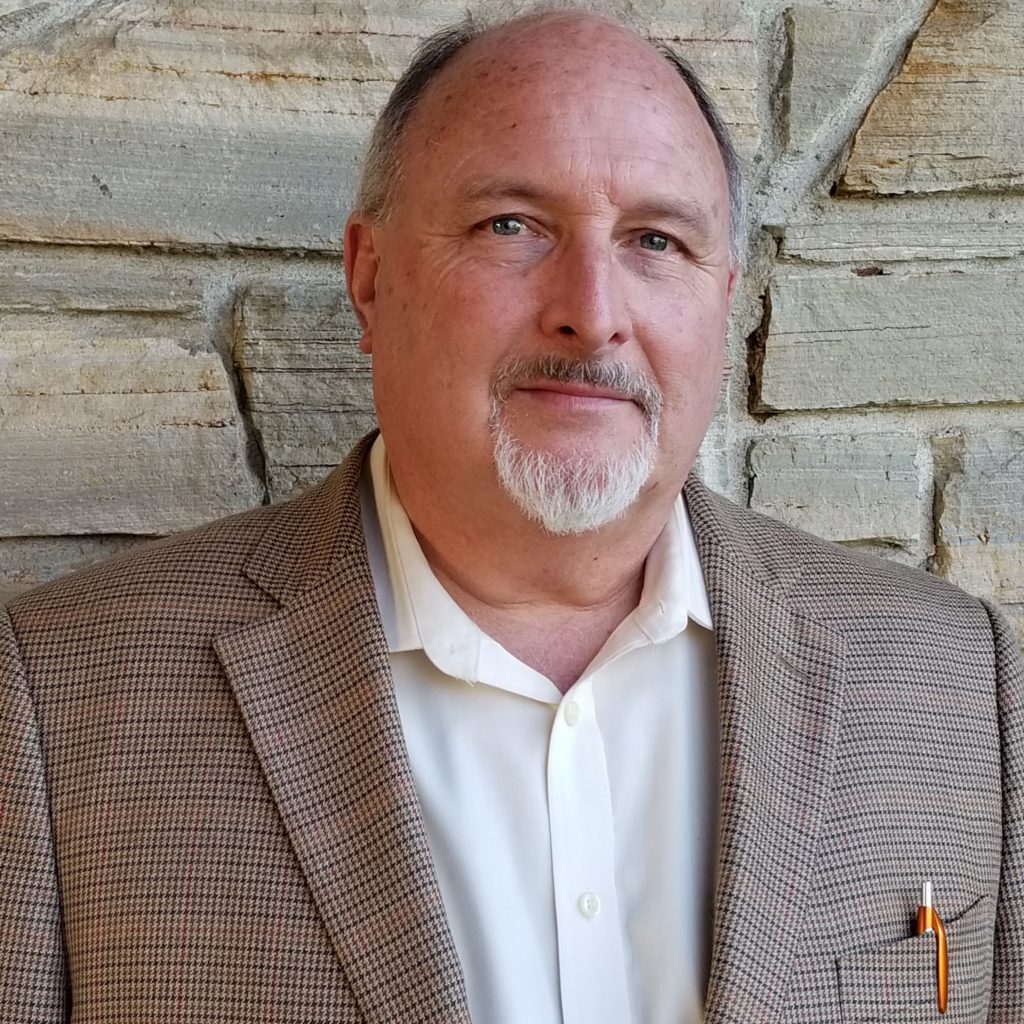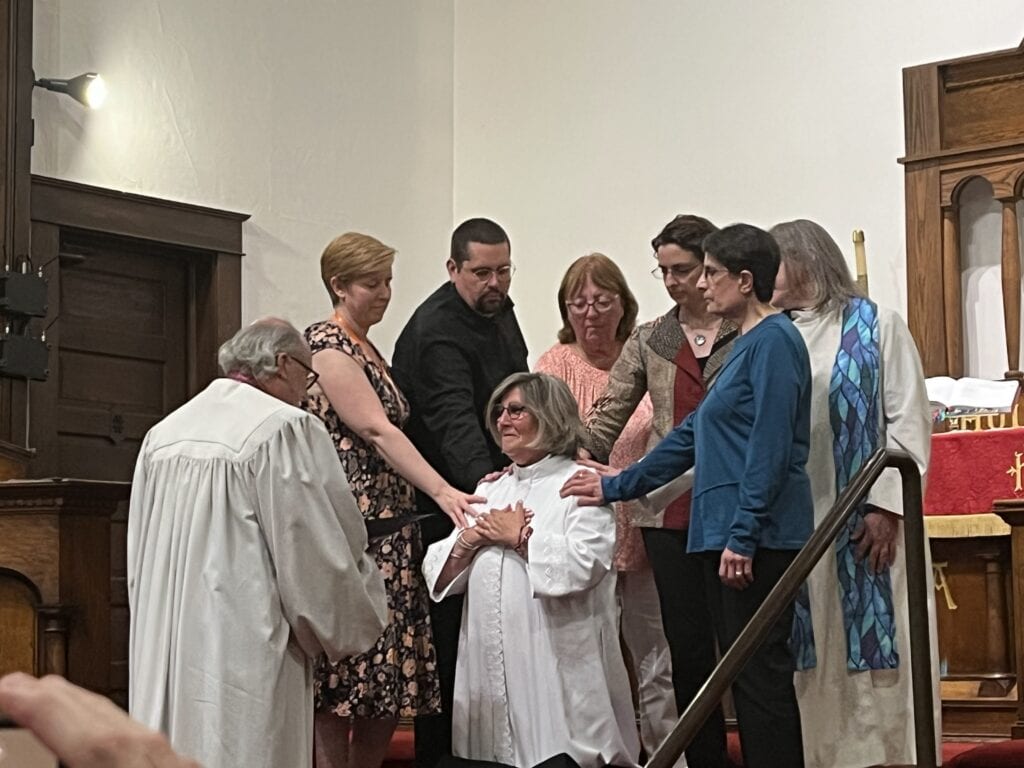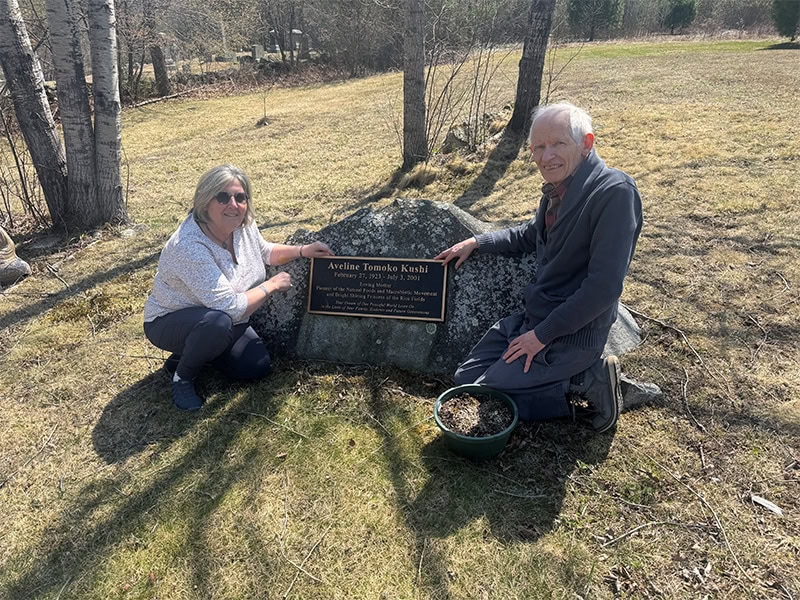A Message from the President
More than a hundred schisms ruptured American Christianity in the nineteenth century, and Swedenborgians published more words per capita than any other tradition, eagerly contrasting the Swedenborgian view against mainstream doctrine. Swedenborg himself set the tone. The final work off his pen—his massive summa, True Christianity—organizes each chapter around a major doctrinal category with an overall strategy pitting what the old church says against what the New Church says. He was enduring the only heresy trial in Sweden’s history while writing this book, and he was not holding back. Leaders in the earliest Swedenborgian church movement greatly prized this one book because it provided a way to help Christians in other denominations see a new and better system of thought for how to understand the Christian faith.
Interestingly, though, Swedenborg’s influence in the nineteenth century extended far beyond Christian doctrine: “Of all the unconventional currents streaming through the many levels of American religion during the antebellum half-century, none proved attractive to more diverse types of dissenters from established denominations than those which stemmed from Emanuel Swedenborg. His influence was seen everywhere: in Transcendentalism and at Brook Farm, in spiritualism and the free love movement, in the craze for communitarian experiments, in faith healing, mesmerism, and a half-dozen medical cults; among great intellectuals, crude charlatans, and innumerable frontier quacks.” So wrote the esteemed Yale historian Sydney Ahlstrom in his landmark book, A Religious History of the American People (1979) that won The Christian Century Award as that decade’s most outstanding book on religion.
But what you don’t see in that quote is Swedenborg’s influence among Christian denominations in the dynamic marketplace of Christian ideas as schisms continued to disrupt and reorganize Christian movements. The Swedenborgian church movement could have emphasized many other books among Swedenborg’s writings, but they emphasized True Christianity because it is the book that was aimed directly at the “old” churches, and the American Swedenborgian church received a very large percentage of its members from those fleeing the mainstream denominations for Swedenborg’s “new church” approach. Swedenborgians were in the thick of the fight and style of schism-making and of being standoffish in relation to the other denominations. Swedenborgianism even suffered its own dramatic schism that brewed for a quarter-century before becoming a fait accompli in 1890.
Now, famously, a Swedenborgian had an inspiration: why not celebrate religious diversity and respect the basic good intentions of the many approaches? A prominent Swedenborgian layperson, the chief justice of the Illinois Supreme Court, who was often on the short list for consideration for the U.S. Supreme Court, had a vision that keeps reverberating down even into our own time. Charles Carroll Bonney proposed adding a Parliament of the World’s Religions for the massive 1893 Columbian Exposition that drew over twenty-seven million people to his own city of Chicago. Bonney and the Swedenborgians are now known today for calling the world’s very first interfaith gathering. The Parliament of the World’s Religions ended up drawing tremendous press coverage and very large crowds to its more than a hundred presentations. As presider, in his opening address he declared, “We meet on the mountain height of absolute respect for the religious convictions of each other.” Revived for its centennial in 1993 the Parliament of the World’s Religions now meets every five years drawing thousands of participants, and Swedenborgians are invited to present every time because it was a Swedenborgian who had the first vision for interfaith work.
Then in the mid-twentieth century, the National Council of Churches in Christ arose as a place for Christian denominations to have a structure for common work and vision. Only a smallish percentage of traditions participate (today there are thirty-seven communions), but we were there right from the beginning with official committees and boards established for ecumenical relationships. Despite falling far below the necessary minimum in membership, we were admitted into full membership in 1966 because they were so impressed with our participation and contributions, and we have been faithful and active contributors ever since.
Then in 2001, our denomination voted to support relocating our 135-year-old isolated seminary to join one of the largest interfaith and ecumenical education centers in the world—the Graduate Theological Union in Berkeley, California. For more than two decades now, our faculty and students work shoulder-to-shoulder with scholars and students from many traditions.
The Swedenborgian Church of North America is the only Swedenborgian denomination in the world who has interpreted the concept of “new church” not as a replacement for “the old church” but as a contributing vision for how the human family of spiritual seekers might understand the deep questions of why we are here and where we might be going. The first interfaith gathering, being on the ground floor of the biggest ecumenical organization in the U.S. and putting our educational center into the heart of an interfaith consortium all demonstrate our basic instinct to be connectional, not confrontational, to be humble, not haughty, and finally to be relational, not standoffish.
—Rev. Dr. Jim Lawrence
Read the full issue of the May 2023 Messenger

Meet Jim Lawrence
Rev. Dr. Jim Lawrence is the president of the Swedenborgian Church of North America. He was the dean of the Center for Swedenborgian Studies for 21 years prior to being elected President in 2022.



